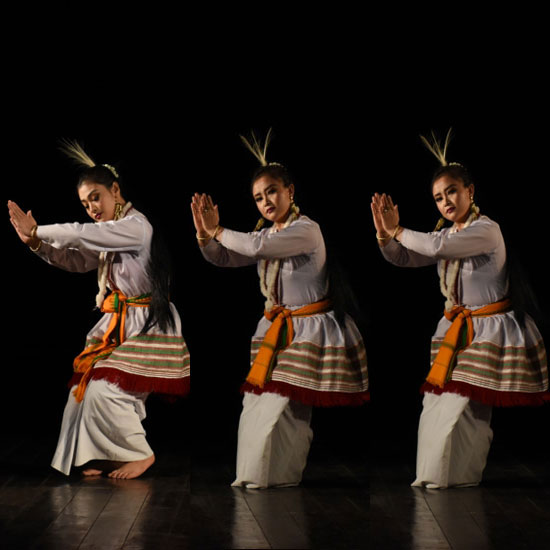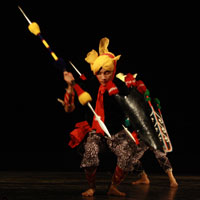

Scheduled Tribe Demand Committee of Manipur
The Scheduled Tribe Demand Committee of Manipur (STDCM) is an organisation formed by Meetei/Meitei people, one of the indigenous communities of Manipur. It is an apolitical and non-religious people's organisation, which operates independently and spearheaded by a group of senior citizens. Since the later part of 2012, the STDCM has been working diligently to advocate for the inclusion of the indigenous Meetei/Meitei community from Manipur in the Scheduled Tribes (ST) list as specified in Article 342(1) of the Constitution of India.
STDCM